Kat Hagedorn
Posts tagged with DLXS in Blog The Digital Collections Files
Showing 1 - 8 of 8 items
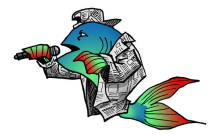
In our inaugural Digital Collections Connection meeting on March 7, 2024, we shared a couple of slides that showcase the history of the technical infrastructure for digital collections at U-M Library. During the session, we heard that this overview of our systems was helpful to content partners in understanding current functionality and limitations. We wanted to take this opportunity to share the diagrams more widely and to provide more context and historical information about the origins of, and recent changes to, our digital collections platform.
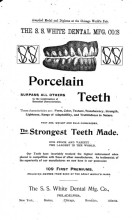
Like many attempts at revisiting older materials, working with a couple dozen volumes of dental pamphlets started very simply but ended up being an interesting opportunity to explore the challenges of making the diverse range of materials held in libraries accessible to patrons in a digital environment. And while improving metadata may not sound glamorous, having sufficient metadata for users to be able to find what they are looking for is essential for the utility of digital libraries.
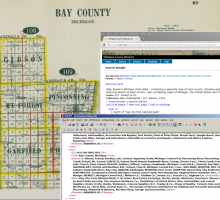
Lately I’ve been looking back through the past of the Digital Library Production Service (DLPS) -- in fact, all the way back to the time before DLPS, when we were the Humanities Text Initiative -- to see what, if anything, we’ve learned that will help us as we move forward into a world of Hydra, ArchivesSpace, and collaborative development of repository and digital resource creation tools.

We talk about using Google Analytics in DLPS and HathiTrust, and how the Analytics interface will have changed before you've finished this sentence.
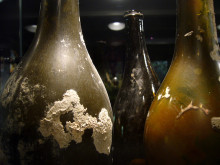
(by Kat Hagedorn, Christina Powell, Lance Stuchell and John Weise) The one constant in digital preservation over the past couple of decades has been change. Digitization standards have changed as equipment has improved and become more affordable, formats have come and gone, and tools have been developed to help with automated format creation and validation. The progress made on this front has been great, but how do we reconcile older content with current digitization and preservation standards?
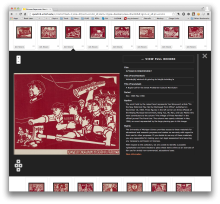
The last visual refresh to the DLPS Image Class environment updated the layout and styles, but mostly worked the same way. Starting this year, we've been making more drastic changes. These updates were based on what our analytics showed about browser use (larger, wider screens and of course, mobile use) and conversations with collection managers.
•
As the creators of DLXS, we're quite impressed with the adaptation of Text Class by NLM/NIH to provide access to oral histories.
•
The Digital Library Production Service (DLPS) has created and hosted a very large number of digital collections over the last 10+ years. We have been working for many years to integrate those collections into MLibrary services, and we are now ready to present the next link in this chain-- a more easily navigable and more fully featured list of these collections.